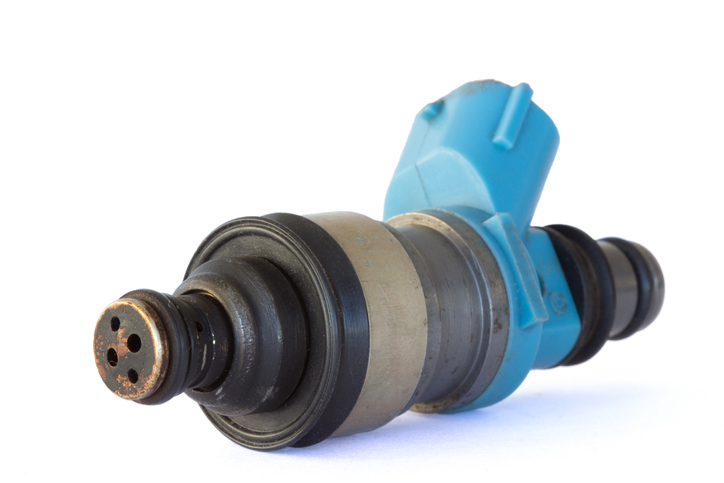
An Overview of Fuel Systems, Injectors and Pumps
July 8, 2020 10:56 pmHow does a car fuel system work, exactly? If you are to take proper care of your engine and avoid fuel system repair, it’s important to have a basic understanding of the way it functions and the responsibility of each component of the system.
Here’s an overview of what you need to know.
General overview
In most cases, the fuel/air mixture in the fuel system is controlled by a carburetor. There are some weaknesses associated with a carburetor. For example, if you have a single carburetor tasked with supplying a four-cylinder engine, it will not be able to give every cylinder the same level of precision in the fuel/air mixture, because some cylinders are farther from the carburetor than other cylinders.
To deal with this issue, it is possible to fit cars with fuel-injected engines instead, in which the fuel is delivered throughout the system in controlled, precise bursts. This results in greater power and efficiency than engines running with carburetors.
The process of fuel injection can vary a bit based on whether your vehicle has a diesel or standard gas system.
Standard injection
Standard gasoline systems use indirect injection, in which a pump sends pressurized fuel from the fuel tank to the engine bay, where it then gets distributed evenly to each cylinder. The fuel may be sent into either the inlet manifold or the inlet port through an injector. The fuel mixes with the air that passes through either of those areas, and that fuel/air mixture travels to the combustion chamber.
Each revolution of your engine requires an electric current to activate a plunger in your injector. Your injector has nozzles at its end to atomize the fuel spray. This is all happening under hundreds or thousands of pounds of pressure within the fuel injector body. So if you are cruising along at 2,000 RPM, each injector is firing 2,000 times per minute. The orifices in the nozzles are much smaller than the diameter of a human hair. So imagine, if you will, what strain the injector is in when fuel with trash enters. If the trash makes it to the nozzle, fuel fails to be distributed properly. Regardless, the injector plunger is strained. That same trash traversed through the fuel pump, which also is working hard to provide adequate fuel pressure. Periodic fuel filter replacement is an inexpensive way to help prolong the life of your injectors. Also purchasing fuel at a station that does a high volume of fuel sales will also lessen the possibility of getting old or contaminated fuel.
Diesel injection
In a diesel system, the diesel fuel gets injected directly into the cylinder filled with compressed air, though there are some systems in which the diesel fuel is injected into a pre-combustion chamber that has a small passage connecting it to the cylinder head.
Only air gets taken into the cylinder, where it gets compressed and heated to the point where the atomized fuel injected right at the end of the compression stroke will self-ignite and power the system.
This is a very basic overview of how the car fuel system works in both standard gasoline and diesel engines, though it will provide you with a good reference point if you need to talk to a maintenance specialist about repairs and maintenance on certain aspects of your fuel system. Still wondering about how a fuel injector works and what you need to know to properly maintain such a system in Madison, TN? We encourage you to contact the team at Rivergate Muffler & Auto Repair today. We’ll be happy to answer any questions you have for us
Categorised in: Fuel Systems
This post was written by Writer

Comments are closed here.